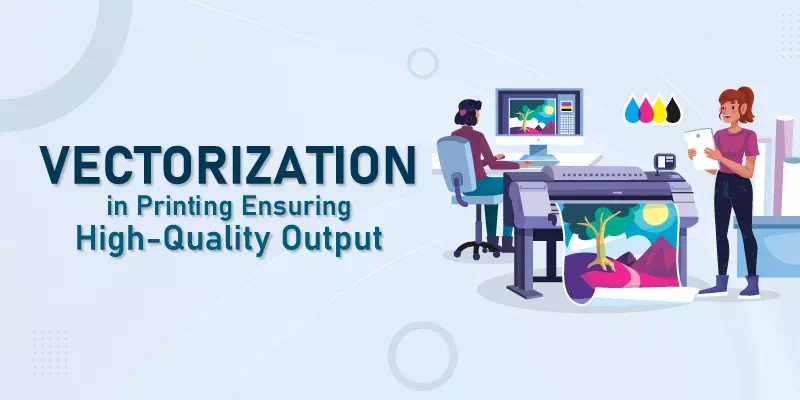Vectorization in printing is the process of converting raster images into scalable vector graphics. Unlike raster images, which are resolution-dependent and may lose quality when scaled up, vector graphics are composed of mathematical equations. It allows for infinite scalability without any loss of sharpness or clarity.
This conversion is vital in ensuring high-quality output and is widely used in the printing industry to create precise and versatile graphics suitable for various print mediums. Additionally, vector files are smaller in size. So, easy to store and share them, which further enhances their importance in the printing industry.
Benefits of Vectorization in Printing
Unlock the advantages of vectorization in printing with these valuable insights. How vectorization enhances visual appeal and ensures efficient production are discussed here. Elevate your printing projects with the versatility and precision of vector graphics.
Scalability and Resolution Independence
Scalability and resolution independence are fundamental features of vector graphics that make them invaluable in printing. Vector images can be resized to any extent without losing quality, making them highly versatile for various printing applications.
Whether it’s a small logo for business cards or a large banner for billboards, vector graphics maintain sharpness and clarity. This scalability empowers designers and printers to create visually appealing materials with ease and precision.
Elimination of Image Pixelation
One of the significant advantages of vectorization in printing is the elimination of image pixelation. Unlike raster images, which are composed of individual pixels, vector graphics use mathematical equations to define lines and shapes. This means that no matter how much a vector image is enlarged or zoomed in, there won’t be any pixelation or loss of quality.
Smooth and Crisp Edges
Vectorization in printing offers the benefit of smooth and crisp edges. As vector graphics use mathematical equations to define shapes and lines, there is no limitation on resolution. This allows for precise and clean lines, ensuring that the final print output appears sharp and professional.
Whether the design is enlarged or reduced, the edges will remain smooth without any loss of quality. As a result you can get a polished and visually appealing printed product.
Reduced File Sizes
Vectorization in printing offers the advantage of reduced file sizes. Since vector graphics are based on mathematical equations and not individual pixels, the file size remains smaller compared to raster images. This is especially beneficial when working with large designs or when storing and sharing files.
The reduced file size also contributes to faster processing times and smoother printing. This quality makes vectorization an efficient and practical choice for producing high-quality prints without sacrificing storage space or performance.
Color Consistency
One of the significant benefits of vectorization in printing sector is color consistency. Vector graphics use mathematical equations to represent colors, ensuring precise and consistent color reproduction across different printing materials. This consistency is crucial for branding and marketing.
Because, it maintains the integrity of the brand’s color palette and ensures that the printed materials align with the brand’s identity. Vector files enable accurate color representation and offer professional-looking prints that leave a lasting impact on the audience.
Time and Cost Savings
Vectorization in printing offers time and cost savings. Smaller vector files reduce data processing time and speeding up printing. Vector graphics’ versatility allows for easy editing and adaptability, saving time on adjustments. Efficiently repurposing vector artwork for various print applications reduces design expenses. It optimizes the printing workflow and generating significant cost savings.
Versatility in Design
Another key benefit of vectorization in printing is its versatility in design. Vector graphics can be easily adapted and resized without losing quality, making them suitable for various print materials and applications. Whether it’s creating logos, illustrations, posters or business cards, vector files allow designers to maintain consistent branding and visual aesthetics across different mediums.
This flexibility empowers designers to explore creative possibilities, ensuring that the final printed output meets the specific requirements and demands of each project.
Applications of Vectorization in Printing
Applications of vectorization in printing are diverse and encompass various industries. Vector graphics offer superior quality and flexibility, making them suitable for a wide range of print materials and design projects. Some key applications include:
Logo and Branding
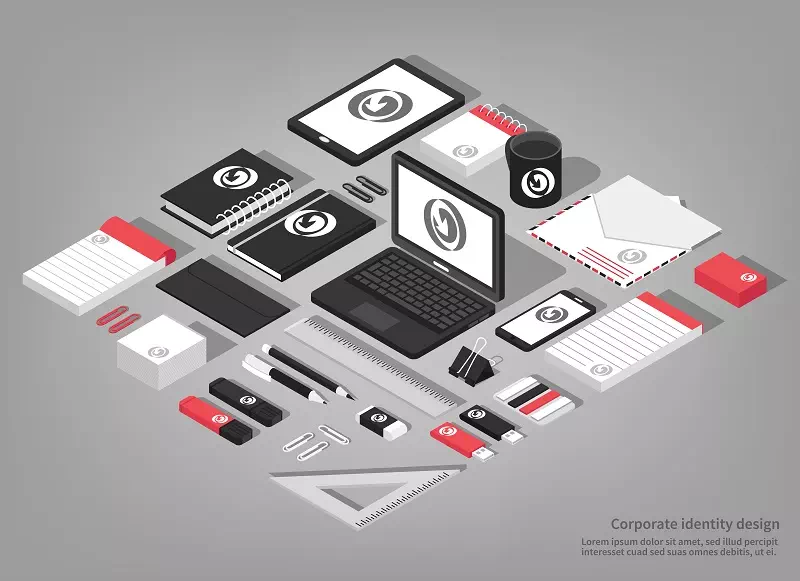
Vector files ensure sharp and consistent reproduction of logos and brand elements, reinforcing brand identity across marketing materials.
Product Packaging
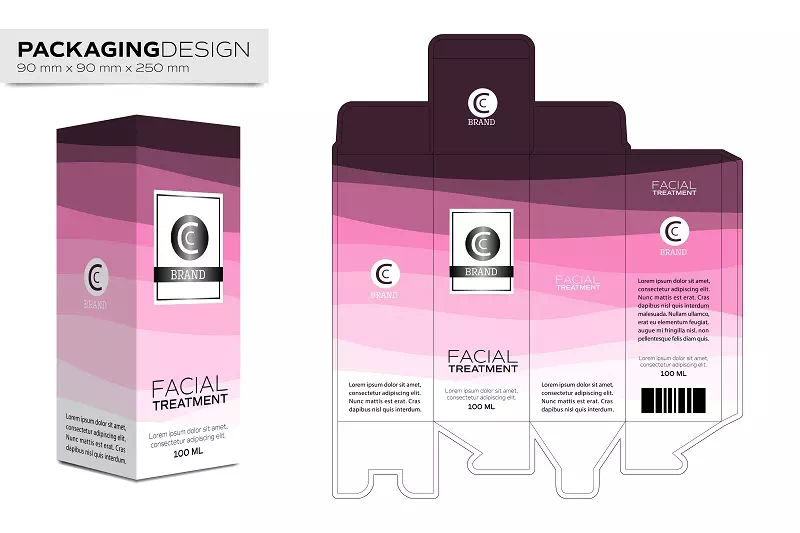
Vector graphics are ideal for creating intricate and high-resolution packaging designs, enhancing the visual appeal of products.
Signage and Banners
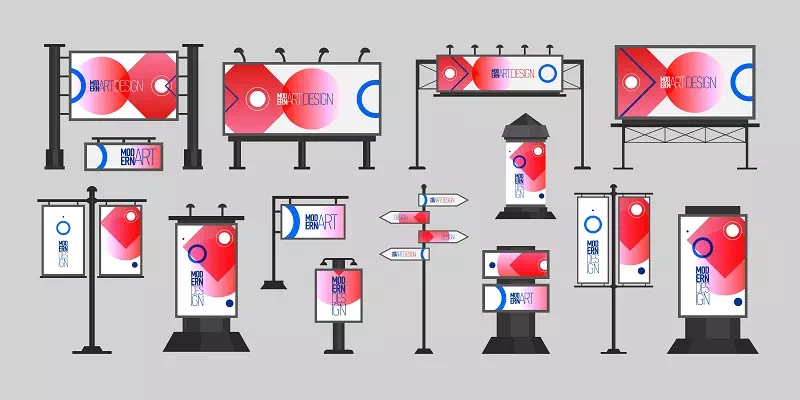
These files allow for large-scale printing, making them perfect for creating eye-catching signage and banners with crisp details.
Apparel Printing

Vector graphics enable precise printing on clothing, ensuring accurate representation of designs and artwork on garments.
Promotional Materials

From flyers and brochures to posters and pamphlets, vector files deliver professional-looking promotional materials.
Vehicle Wraps and Decals

Vector graphics facilitate precise design and application of vehicle wraps and decals for brand promotion.
Packaging Labels
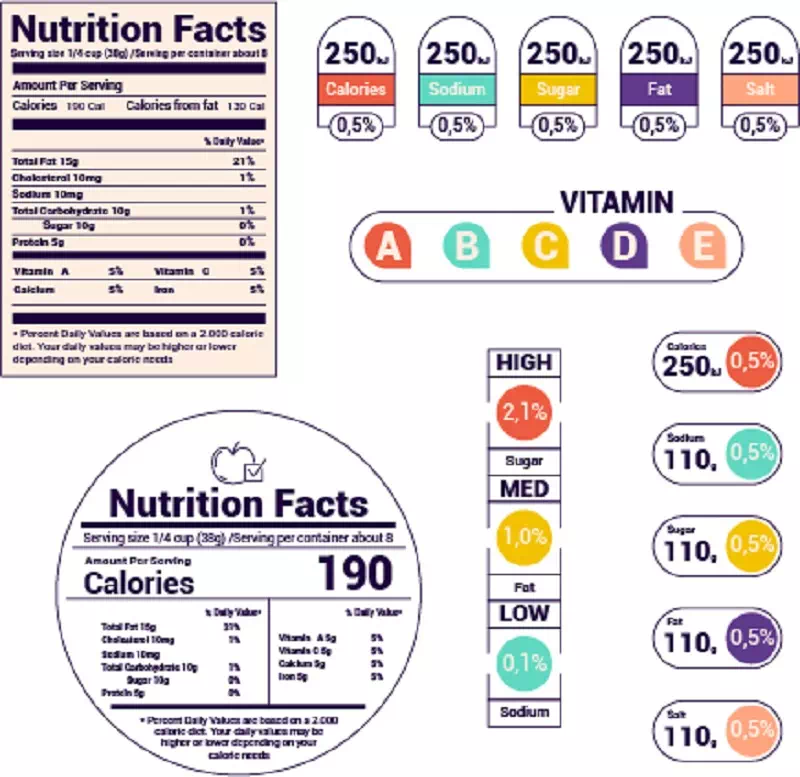
Vectorization ensures clear and consistent labeling on product packaging, meeting industry regulations and enhancing product presentation.
Business Stationery
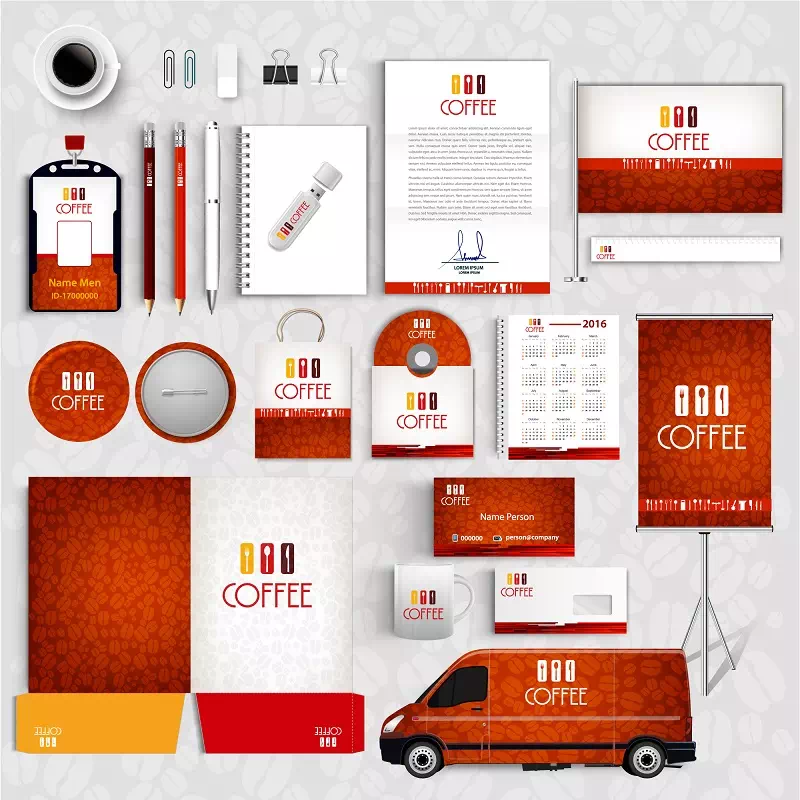
Vector files guarantee high-quality printing on business cards, letterheads and envelopes, maintaining a professional image for the brand.
Art and Illustration
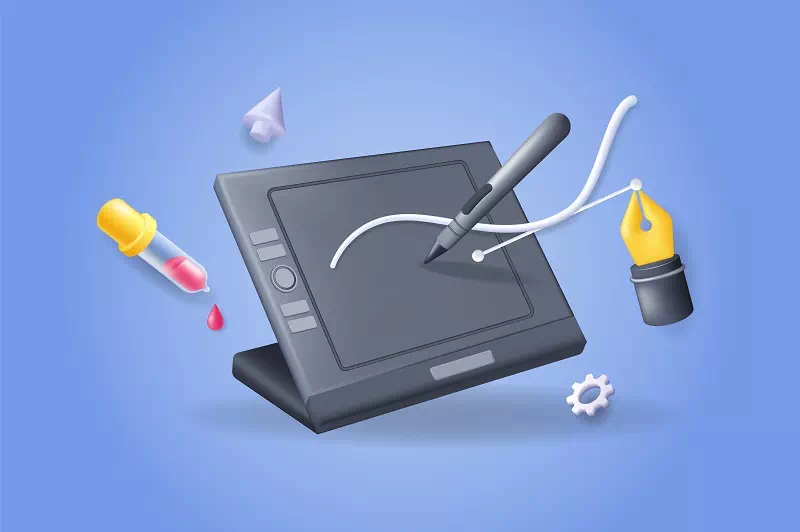
Artists can use vector graphics to create intricate and scalable illustrations for prints, posters and art exhibitions.
Architectural Plans
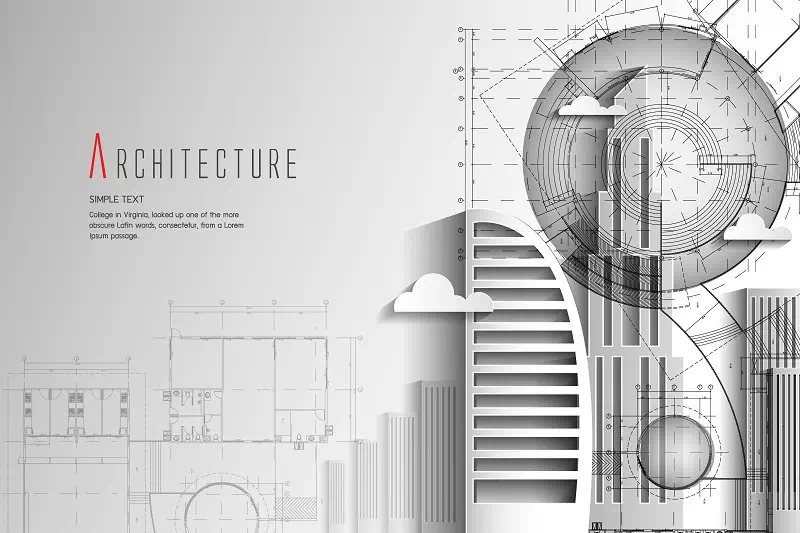
Vectorization is essential in producing accurate and detailed architectural plans for construction and engineering projects.
Tips for Effective Vectorization in Printing
Discover valuable tips to achieve effective vectorization in printing. Elevate your vector graphics game with these essential techniques.
Choose the Right Source Image for Vectorization

Select a high-quality, clear and well-lit source image for vectorization. Images with distinct shapes and well-defined edges yield better results during the conversion process, ensuring a more accurate and detailed vector representation.
Ensure Smooth Lines and Curves
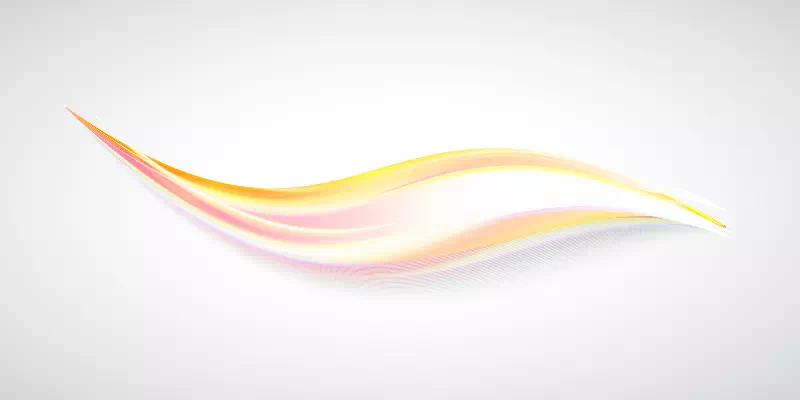
Pay attention to the precision of lines and curves during vectorization. Avoid jagged edges and ensure smooth transitions to maintain the visual appeal and professionalism of the final vector artwork.
Manage Color and Gradients
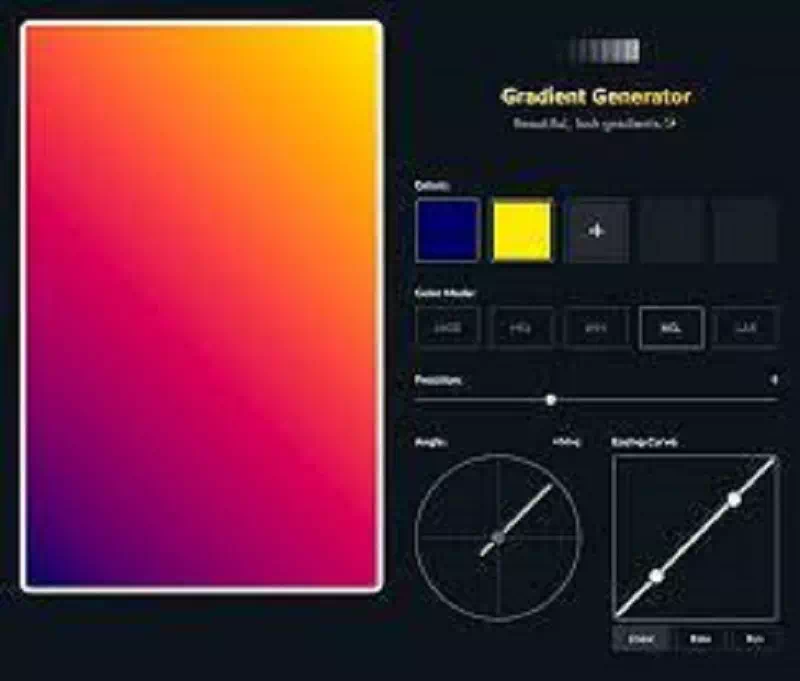
Carefully handle color and gradients during the vectorization process. Choose appropriate color palettes and ensure that the gradients are accurately translated into vector format to achieve consistent and vibrant print output.
Ensure High-Quality Output
Achieve impeccable results with these insights on ensuring high-quality output. Enhance visual appeal and professionalism with superior print outcomes.
- Collaboration with Printing Professionals: Engage with experienced printing professionals early in the design process to gain insights into the specific requirements and capabilities of the printing equipment. Collaborating with experts ensures that the vector files are optimized for the printing method, resulting in superior output.
- Checking File Formats and Specifications: Before sending vector files for printing, double-check the file formats and specifications required by the printing company. Ensure that you save the files in the appropriate formats, color profiles and resolutions to match the printing process and materials accurately.
- Quality Control and Proofing: Conduct thorough quality control and proofing of the vector files before finalizing the printing. Review the artwork for any errors, inconsistencies or imperfections to ensure a flawless output. Request print proofs or samples to verify color accuracy and overall print quality before mass production.
Conclusion
Vectorization plays a vital role in the printing process. It enables precise and visually appealing artwork for various print materials. It ensures high-quality printing by maintaining sharpness, clarity and color consistency. Collaborating with printing professionals, checking file formats and conducting quality control are crucial steps in achieving superior print output. Embracing vectorization empowers designers and businesses to produce visually striking and professional prints that leave a lasting impact on audiences.
FAQs
1. What is vectorization in printing, and why is it important?
Vectorization in printing is the process of converting raster images into scalable vector graphics. Vector graphics are crucial for logos, illustrations and marketing materials as they maintain their visual appeal across various print mediums.
2. How does vectorization improve print quality and efficiency?
Vectorization improves print quality by preserving image integrity and avoiding pixelation. It streamlines the design process, making it easier to edit and customize artwork.
3. How can I optimize vectorization for superior print results?
Collaborating with printing professionals is essential for understanding specific printing requirements. Double-checking file formats, color profiles and resolution ensure compatibility with printing equipment.
4. Can vectorization be applied to all types of printing projects?
Yes, You can implement the vectorization to a wide range of printing projects, including logos, brochures, posters, banners, packaging and more.
Related Blog


